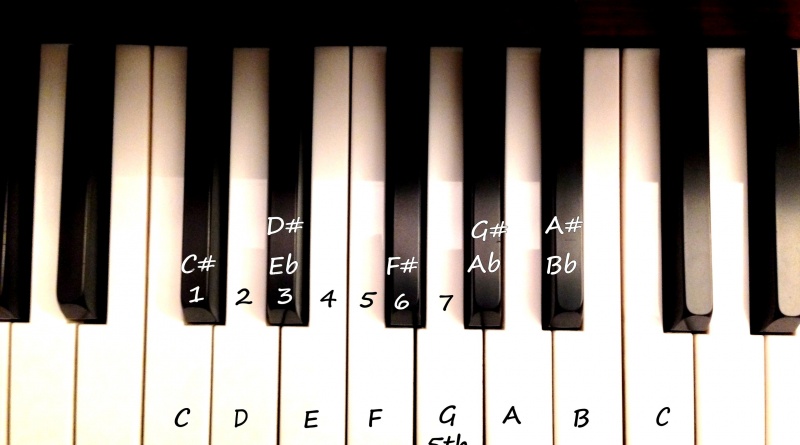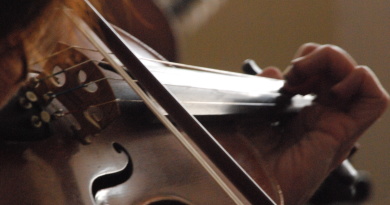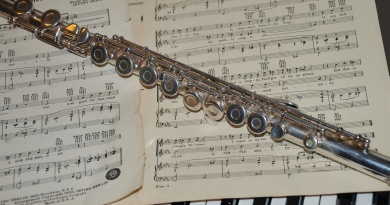What You Need To Know About The Circle Of Fifths
The Circle of Fifths is a term many budding musicians hear but very few understand it fully. Some see it as a tool. Others believe it to be a rule. It is a hugely valuable resource for understanding more about the theory of music. And it is widely used to assist in the process of composing and improvisation. So what is the Circle of Fifths? Find out in this free 3 part lesson.
Most of us are familiar with a clock face, even in our digital world. The Circle of Fifths fits neatly into a circle divided into 12. This is because there are 12 semitones in a chromatic scale. A semitone is the very next note up or down (the closest interval). Have a look at this keyboard. Starting at C, if you count up every key to the next C you will find 12 unique notes.
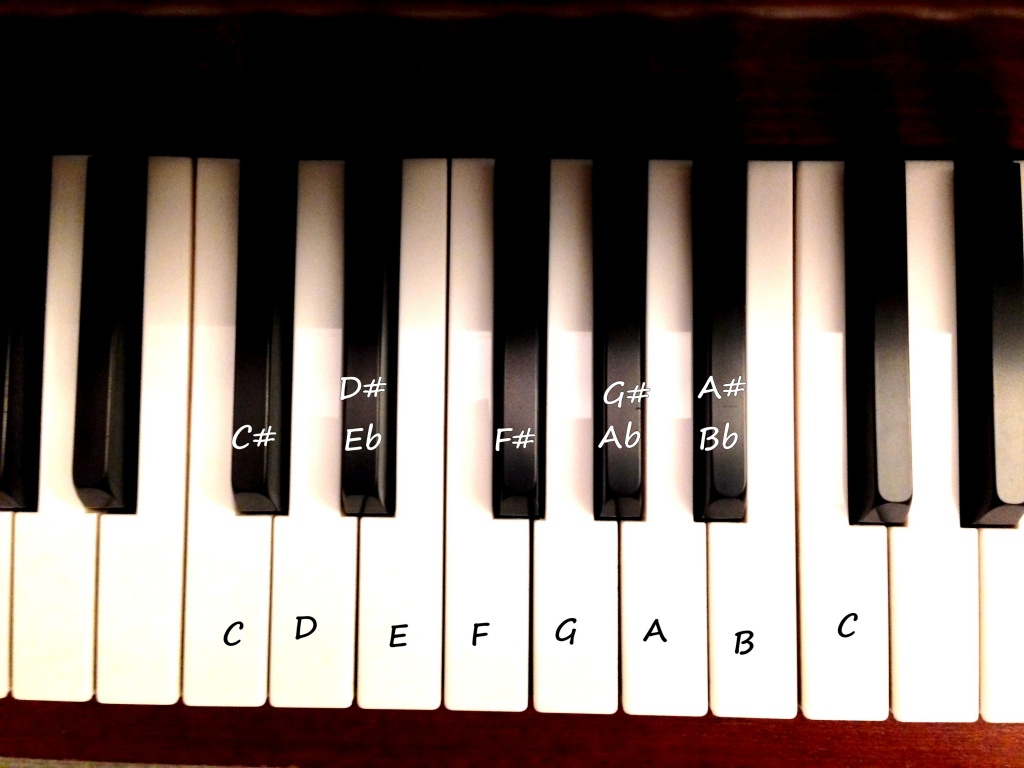
Now we know there are 12 notes to remember. They are, in order from C:
C, C#, D, D#, E, F, F#, G, G#, A, A#, B and then C again.
However, every black note has two names. It is known as the enharmonic.
C# can also be called Db.
D# is often better known as Eb.
F# can be Gb.
G# is Ab,
And A# is mostly played as Bb.
These alternative names do not change the pitch of the note. They are the same. The name used depends on the key you are in.
Less commonly used: B as Cb, C as B#, F as E#, and E as Fb.
The Circle of Fifths can help us identify whether we are working with sharps or flats in our key.
Head back to our keyboard:
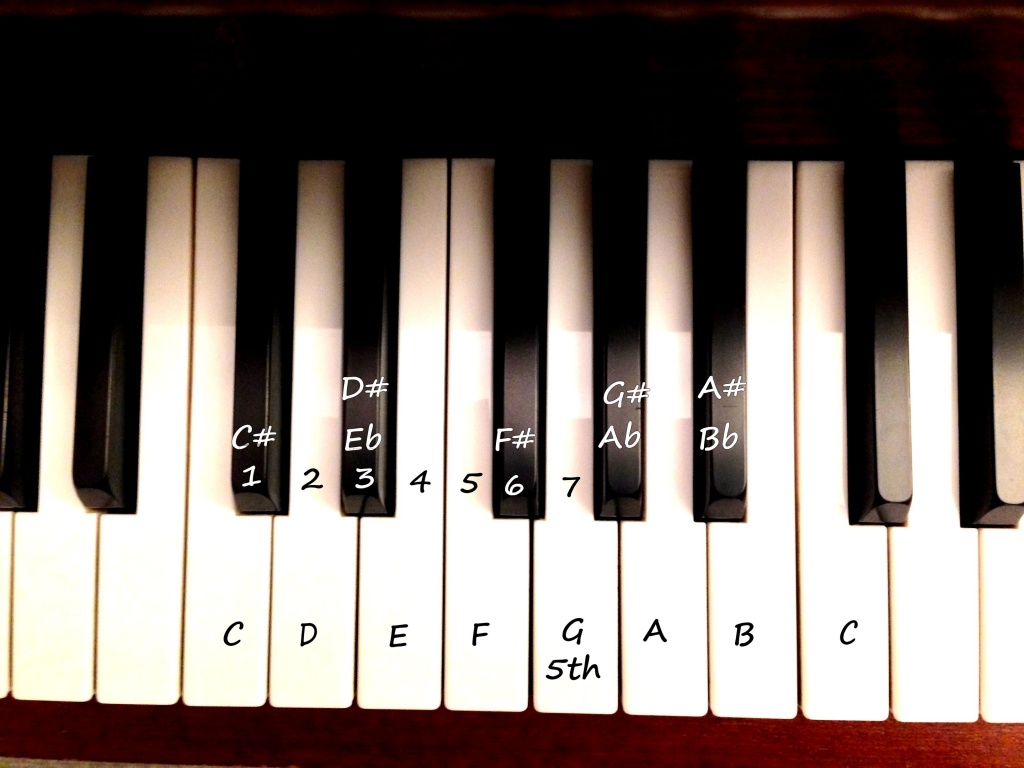
Find C again. A Fifth is an interval. Conveniently, from C, a 5th can be found 5 white notes away at G. Count C as 1, D as 2, E as 3, F as 4, and G as 5. G is the 5th degree of the C Major scale.
Next, count the semitones. To create this Perfect 5th (C to G) we have gone up 7 semitones (don’t include C this time). They are C#, D, D#, E, F, F# and G. A Perfect 5th interval will always have 7 semitones. To find the Fifths for your Circle of Fifths, you need only count up your keyboard.
Let’s populate the Circle of Fifths:
READ ON – PART 2

